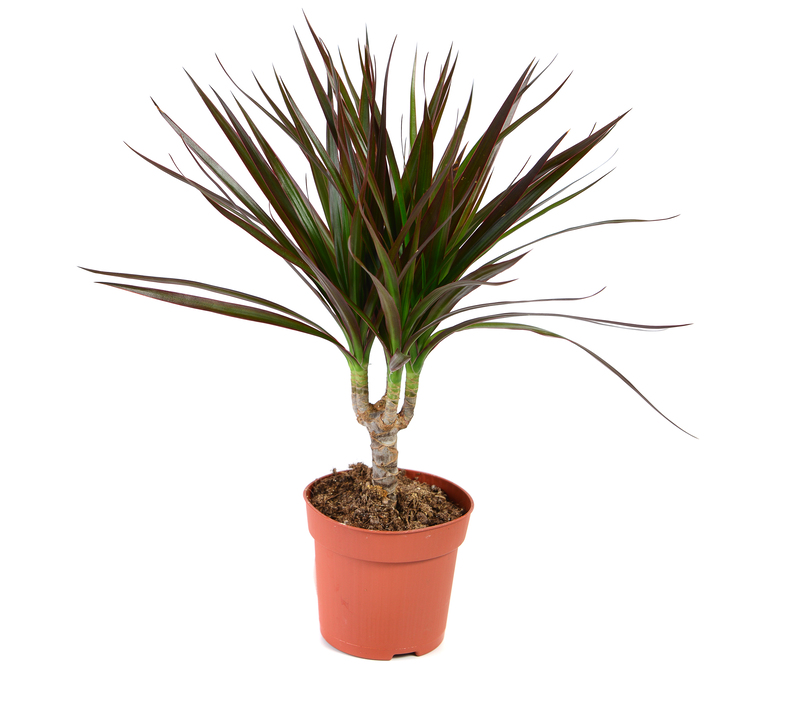Managing Weed Growth on Commercial Properties
Posted on 17/01/2025
Weed growth on commercial properties can be a significant challenge that affects the overall aesthetics and health of the landscape. Uncontrolled weed growth can not only tarnish the appearance of the facility but also impact its functionality and value. Proper weed management involves a strategic approach encompassing multiple practices. In this article, we will delve into various strategies and techniques for managing weed growth on commercial properties.
Understanding the Problem of Weed Growth
Weeds can be defined as plants growing where they are not wanted. They compete with desirable plants for water, nutrients, and light, potentially leading to the deterioration of the landscape. Common types of weeds include broadleaf weeds, grassy weeds, and sedges. Each type requires different management techniques. Understanding the biology, growth patterns, and reproductive cycles of these weeds is crucial for effective control.

Preventive Measures
Preventive weed control is often the most cost-effective and environmentally friendly approach. Preventing weeds from establishing involves creating conditions that are unfavorable for their growth. Here are some preventive strategies:
Site Assessment and Planning
A comprehensive site assessment helps identify areas prone to weed invasion. Assess soil health, drainage conditions, and existing vegetation. Based on the assessment, develop a landscape design that minimizes weed-friendly conditions. For instance, using native plants that are adapted to the local environment can help outcompete weeds.
Mulching
Mulching involves applying a layer of organic or inorganic material to the soil surface. Mulch acts as a barrier, preventing sunlight from reaching weed seeds, thus inhibiting their germination. It also helps retain soil moisture and regulate soil temperature. Common mulching materials include wood chips, straw, and gravel.
Proper Irrigation and Fertilization
Overwatering and improper fertilization can create conditions that favor weed growth. Adopting efficient irrigation methods such as drip irrigation and using slow-release fertilizers can mitigate this problem. Additionally, targeted watering directly to plants rather than broad irrigation can reduce weed proliferation.
Mechanical Control Methods
Mechanical weed control involves physical removal of weeds. It is labor-intensive but highly effective if done correctly. Here are some common mechanical control methods:
Hand Weeding
Hand weeding is suitable for small areas or where weed infestations are not severe. It involves manually pulling out weeds from the root. This method is best done when the soil is moist, making it easier to remove the entire root system. Regular hand weeding prevents the re-establishment of weeds.
Hoeing and Cultivating
Using a hoe or cultivator disrupts weed growth by cutting off their tops or disturbing the soil. This method is effective for shallow-rooted weeds and requires consistent application to prevent regrowth. It is important to avoid deep hoeing, which can bring new weed seeds to the surface.
Chemical Control Methods
Chemical control involves the use of herbicides to manage weed growth. Herbicides can be broad-spectrum or selective, and their use should be part of an integrated weed management plan. Here are some considerations for chemical control:
Selecting the Right Herbicide
Choosing the appropriate herbicide depends on the type of weeds, their growth stage, and the surrounding vegetation. Broad-spectrum herbicides target a wide range of weeds, while selective herbicides focus on specific types. It is crucial to read the label instructions and follow safety precautions.
Application Timing
Timing the application of herbicides is key to their effectiveness. Pre-emergent herbicides are applied before weed seeds germinate, while post-emergent herbicides target actively growing weeds. Understanding the life cycle of the target weeds helps determine the best application timing.
Environmental Considerations
Environmental impact is a critical factor in chemical weed control. Avoid using herbicides near water sources or in windy conditions to prevent drift. Integrated Pest Management (IPM) principles advocate for minimal and judicious use of chemicals, combining them with other control methods for sustainable management.
Groundcover and Vegetation Management
Managing groundcover and vegetation can create a more competitive environment against weeds. Groundcover plants can outcompete weeds for resources and space, reducing their establishment and growth.
Choosing Appropriate Groundcover
Select groundcover plants that are dense, fast-growing, and suited to the local climate and soil conditions. Examples include creeping thyme, ivy, and ornamental grasses. These plants form a continuous cover over the soil, limiting the opportunities for weeds to establish.
Regular Maintenance
Maintenance practices such as mowing, pruning, and trimming help control weeds by reducing their ability to produce seeds. Mowing at the correct height and frequency prevents weeds from outgrowing desirable plants. Pruning and trimming keep shrubs and trees healthy, minimizing weed invasion in their vicinity.
Integrated Weed Management (IWM)
Integrated Weed Management (IWM) combines multiple weed control methods to achieve long-term and sustainable results. IWM recognizes that relying on a single method is often insufficient and can lead to resistance or environmental harm.
Developing an IWM Plan
An effective IWM plan involves the following steps:
- Assessment: Conduct a thorough assessment of the site, including weed identification and mapping.
- Strategy Development: Develop a strategy that integrates preventive, mechanical, chemical, and biological control methods.
- Implementation: Implement the plan through proper execution of control methods and regular monitoring.
- Evaluation: Regularly evaluate the effectiveness of the plan and make necessary adjustments.
Monitoring and Record-Keeping
Continuous monitoring helps detect new weed infestations early and prevents them from spreading. Keep detailed records of weed control activities, including the methods used, application timings, and outcomes. This data assists in refining the IWM plan and improving future management efforts.

Hiring Professional Weed Management Services
For large commercial properties, managing weed growth can be a complex and time-consuming task. Hiring professional weed management services offers numerous benefits:
Expertise and Experience
Professional weed managers possess the expertise and experience to identify and control a wide range of weeds effectively. They stay updated with the latest techniques and products, ensuring optimal results.
Customized Solutions
Professionals assess the specific needs of the property and customize weed management plans accordingly. They consider factors such as soil type, climate, and existing vegetation to design tailored solutions.
Cost-Effectiveness
While hiring professionals may incur costs, it can be cost-effective in the long run. Effective weed management prevents extensive damage to the landscape, reducing the need for costly repairs and replacements.
Conclusion
Managing weed growth on commercial properties requires a multifaceted approach that includes preventive measures, mechanical and chemical control, vegetation management, and the implementation of Integrated Weed Management (IWM) plans. By adopting these strategies, property managers can maintain an attractive and healthy landscape, enhancing the property's value and functionality. Whether opting for a DIY approach or hiring professional services, the key to successful weed management lies in continuous monitoring, timely intervention, and adaptive strategies. With the right practices in place, weed growth can be effectively controlled, ensuring a pristine and welcoming commercial environment.




